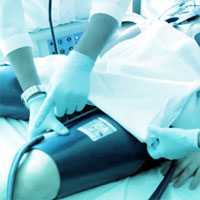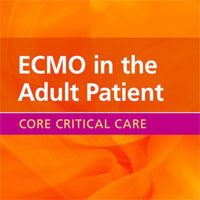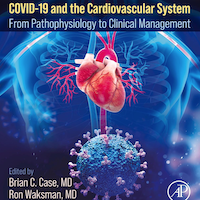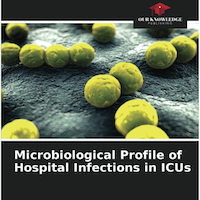Tag: ARDS
Comparison of European ICU patients in 2012 (ICON) versus 2002 (SOAP)
Over the 10‑year period between 2002 and 2012, the proportion of patients with sepsis admitted to European ICUs remained relatively stable, but the severity of disease increased. In multilevel analysis, the odds of ICU... read more
An Exploratory Reanalysis of the Randomized Trial on Efficacy of Corticosteroids as Rescue Therapy for the Late Phase of ARDS
During active intervention, methylprednisolone was safe and effective in achieving disease resolution. Our findings support rapid glucocorticoid discontinuation post extubation as likely cause of disease relapse. Gradual... read more
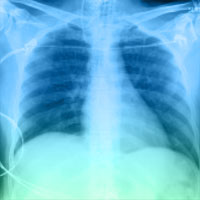
Prone Positioning of ARDS Patients
A prospective international observational prevalence study on prone positioning of ARDS patients: the APRONET (ARDS Prone Position Network) study. While prone positioning (PP) has been shown to improve patient survival in... read more
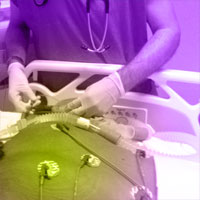
Is Overall Mortality the Right Composite Endpoint in Clinical Trials of ARDS?
Most deaths in acute respiratory distress syndrome (ARDS) patients are not directly related to lung damage but to extrapulmonary multisystem organ failure. It would be challenging to prove that specific lung-directed therapies... read more
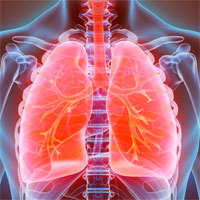
The Association Between ARDS Hospital Case Volume and Mortality
In this cohort, at both an individual- and hospital-level, higher acute respiratory distress syndrome hospital case volume is associated with lower acute respiratory distress syndrome hospital mortality. We analyzed 2,686... read more
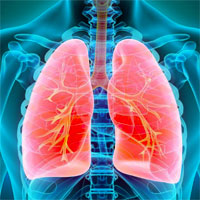
Variation of Poorly Ventilated Lung Units Measured by EIT to Dynamically Assess Recruitment
Assessing alveolar recruitment at different positive end-expiratory pressure (PEEP) levels is a major clinical and research interest because protective ventilation implies opening the lung without inducing overdistention.... read more
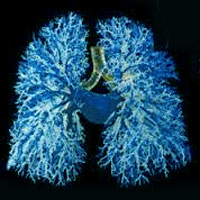
Targeting Transfusion-Related Acute Lung Injury
We propose that the most promising therapeutic strategies to explore are interleukin-10 therapy, down-modulating C-reactive protein levels, targeting reactive oxygen species, or blocking the interleukin-8 receptors; all focused... read more
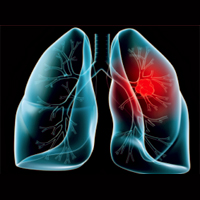
Lower ARDS Mortality at High-Volume Intensive Care Units
For patients with acute respiratory distress syndrome (ARDS), mortality is lower in high-volume intensive care units (ICUs), according to a study presented at the annual meeting of the American Thoracic Society. The researchers... read more

Early Application of APRV May Reduce the Duration of Mechanical Ventilation in ARDS
Compared with LTV, early application of airway pressure release ventilation (APRV) in patients with ARDS improved oxygenation and respiratory system compliance, decreased Pplat and reduced the duration of both mechanical... read more

Train Of Four Monitoring
A peripheral nerve stimulator, also called the "train of four", is used to assess nerve function in patients receiving neuromuscular blocking agents (AKA paralytic medications). It is commonly seen used in critical care... read more

High Frequency Percussive Ventilation Increases Alveolar Recruitment in Early ARDS
High frequency percussive ventilation (HFPV) combines diffusive (high frequency mini-bursts) and convective ventilation patterns. Benefits include enhanced oxygenation and hemodynamics, and alveolar recruitment, while providing... read more
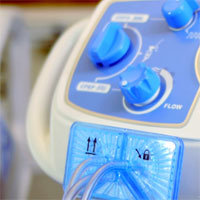
Characteristics and Outcomes of ICU Survivors
A significant number of intensive care unit survivors evaluated 3 months after discharge had psychological, respiratory, motor, and socioeconomic problems; these findings highlight that strategies aimed to assist critically... read more

Six-month Outcome of Immunocompromised Severe ARDS Patients Rescued by ECMO
Recently diagnosed immunodeficiency is associated with a much better prognosis in ECMO-treated severe ARDS. However, low 6-month survival of our large cohort of immunocompromised patients supports restricting ECMO to patients... read more
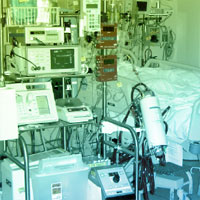
Early Identification of Acute Respiratory Distress Disorder in the Absence of Positive Pressure Ventilation
Almost all patients with pulmonary bilateral infiltrates and a PaO2/FIO2 less than or equal to 300 mm Hg under standard oxygen fulfilled the acute respiratory distress syndrome criteria under noninvasive ventilation within... read more
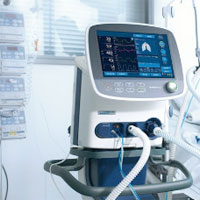
Effect of Lung Recruitment and Titrated PEEP vs Low PEEP on Mortality in Patients with ARDS
In patients with moderate to severe Acute Respiratory Distress Syndrome (ARDS), a strategy with lung recruitment and titrated Positive End-Expiratory Pressure (PEEP) compared with low PEEP increased 28-day all-cause mortality.... read more

Cisatracurium Ups Some ARDS Outcomes Versus Vecuronium
Among patients with acute respiratory distress syndrome (ARDS), cisatracurium does not improve mortality versus vecuronium but is associated with improvements in other outcomes, according to a study published online in the... read more

Pilot Feasibility Study of Therapeutic Hypothermia for Moderate to Severe ARDS
Neuromuscular blockade alone does not cause hypothermia but allowed acute respiratory distress syndrome patients to be effectively cooled. Results support conducting a randomized clinical trial of hypothermia in acute respiratory... read more
